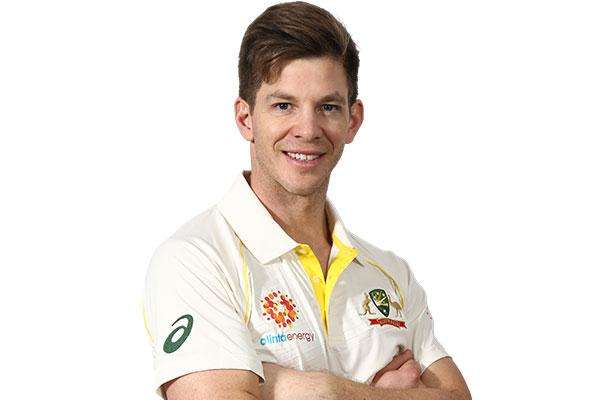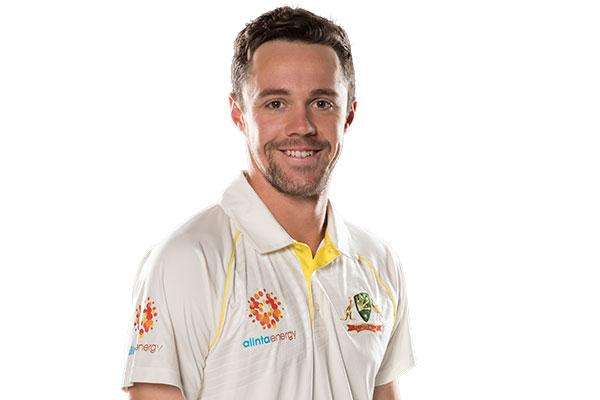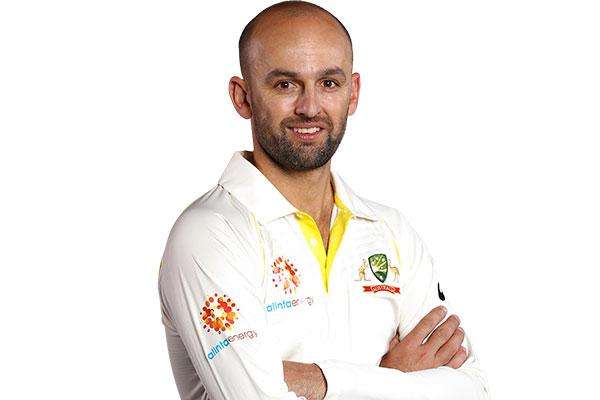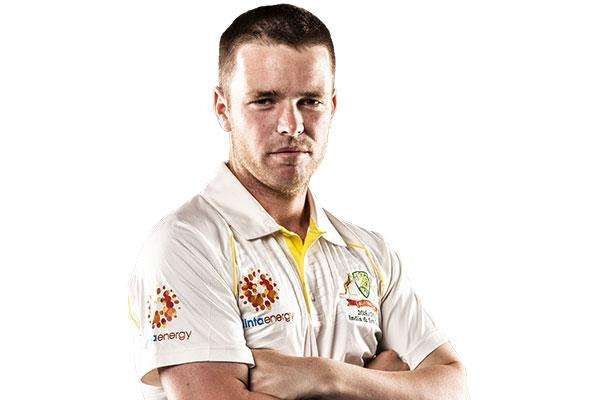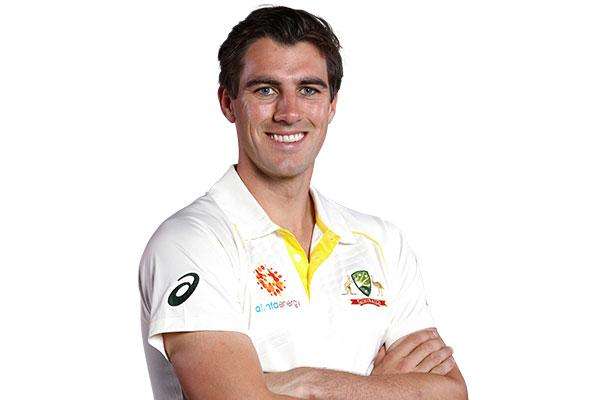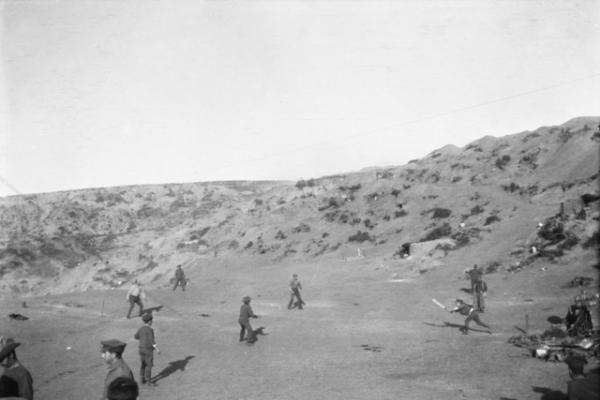Australian Men's Cricket Team honours "all-round sportsman" Stuart King
On Wednesday the 30th of January 2019, the Australian Men’s Cricket Team visited the Australian War Memorial ahead of the second and final Test of the series against Sri Lanka in Canberra. Team Captain Tim Paine and teammates including Nathan Lyon, Travis Head and Marcus Harris toured the memorial and paid tribute in a touching Last Post Ceremony in the Commemorative Courtyard.
Together, the Australian Men's Cricket Team remembered Flying Officer Stuart Patrick King, who died during battle on 28 February 1943 while serving in No. 20 Squadron of the Royal Australian Air Force. As well as being academically gifted, King was an all-round sportsman who played first-class cricket for Victoria and Australian Rules football for St Kilda. At one point he was captain of the St Kilda cricket and football teams at the same time.
With no grave but the sea, King's name appears on the Port Moresby Memorial, which commemorates over 700 men of the Australian Army, the Australian Merchant Navy, and the Royal Australian Air Force. As a mark of the regard in which Stuart King was held, a Pavilion at Albert Park in Melbourne was named in his honour.
King’s service is a reminder of the qualities that are cornerstones of Australia’s identity, and qualities that can be seen in athletes that represent our county on the field in sport. Qualities we associate with both sport and war include courage, teamwork, leadership, mateship, and loyalty. Lieutenant General Sir John Monash, writing after the First World War, put at least some of the success of the individual Australian soldier in that conflict down to “the instinct of sport and adventure which is his national heritage”.
Below, members of the Australian Men’s Cricket Team reflect on King's service and their visit to the Australian War Memorial.
Hometown War Memorials
The war memorial movement was under way even before the First World War had ended. With almost two-fifths of men aged between 18 and 44 enlisting in the Australian Imperial Force, every community was touched by the war.
For families and communities deeply scarred by war, the memorials were an important way of expressing their grief. For many, they took on special significance, often becoming surrogate graves for soldiers whose bodies were missing, or buried far away in foreign lands.
The Australian War Memorial’s new project, Places of Pride, the National Register of War Memorials, aims to record the location of every war memorial in Australia and develop a photographic archive.
Below we take a look at the stories behind the hometown memorials of our Australian Men's Cricket Team.
Tim Paine
In Tim Paine's hometown of Hobart is a war memorial dedicated to a cricketer who served in the First World War. Before joining Australia’s First World War campaign, William Keith Eltham represented Tasmania in cricket against England, South Africa, Victoria, and New South Wales. The Hobart City Council honoured Eltham on Remembrance Day 2015 when the new sporting pavilion at the Soldiers’ Memorial Oval on the Queens Domain was named after him.
Travis Head
The plaque on War Memorial Drive, opposite Adelaide Oval, is dedicated in memory of those who lost their lives in the First World War including South Australian cricketer Charles James Backman.
Nathan Lyon
Anderson Park in Nathan Lyon's hometown of Young, New South Wales, is named in honour of Lieutenant Colonel Charles Groves Wright Anderson, who was awarded the Victoria Cross for his gallantry in the Malayan campaign in the Second World War.
Marcus Harris
In Marcus Harris' hometown of Perth, Western Australia, is a unique war memorial - the WACA Memorial Scoreboard. The scoreboard was dedicated to the cricketers from Western Australia who “gave their lives in the cause of freedom in the two world wars from 1914–18 and 1939–45”.
Pat Cummins
In Pat Cummins' hometown of Penrith, is the Penrith City Memory Park War Memorial dedicated to the "memory of all local men and women who have served our country". One of the local Penrith men, Douglas Maclean, was a keen sportsman who played Rugby Union, cricket, tennis and golf before serving as a Flight Sergeant in the Second World War.
Cricket and War
Explore the online exhibition, Not just cricket: Cricket and Australians at war, to learn about Australia's involvement in cricket throughout conflicts from the Boer War to Afghanistan.
